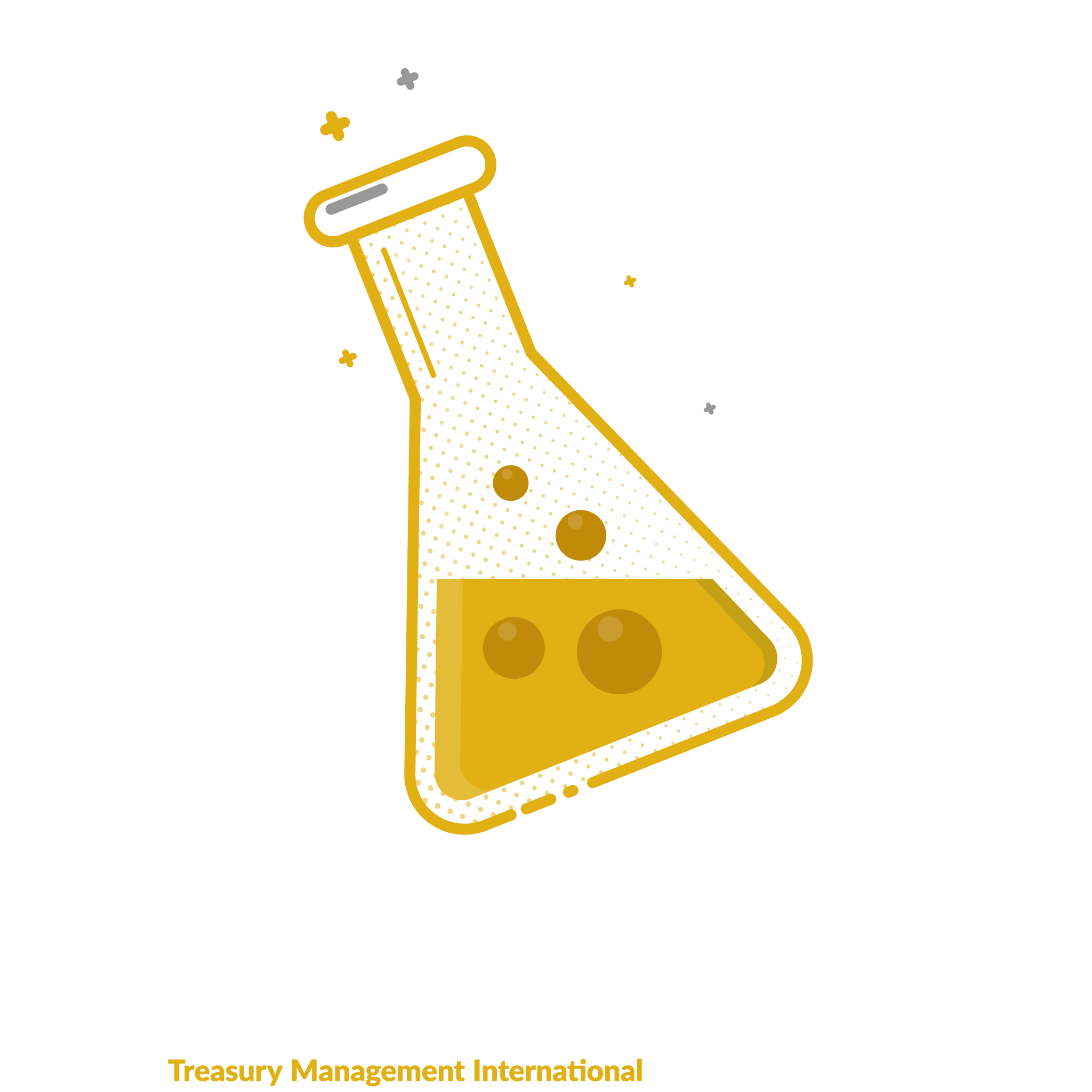What first comes to mind when you think of a day in the life of a treasurer? Cash management? Transaction processing? Hedging risk? In reality, the first thing you should think of is data, which underpins every treasury activity. Now more than ever, the quality, timeliness and consistency of data that treasury produces, receives, manages and analyses is critical to its ability to fulfil the liquidity and risk management demands of the business, and offer new ways to add value.
The fact that these demands on treasury – and the opportunities to address them – have emerged now is not coincidental. Companies across all industries are at varying stages of digital transformation. This creates new business demands as companies embrace digital business models and target new supplier and customer segments. Treasurers are already responding, such as by devising new payment and collection strategies and restructuring working capital, financing and risk models. These demands will continue to emerge and evolve, but what is clear is that they will rely on data.
The data dilemma
Data has been a double-edged sword for treasurers in the past. In theory, the data linked to incoming cash flows has made it possible to reconcile bank account statements automatically. However, truncation and omission has often restricted the success of these initiatives due to a large number of exceptions. Data on future cash flows from across the business enables treasurers to produce consolidated cash flow forecasts, but the differences in formats, timing and transmission methods have often resulted in inaccurate or out-of-date analysis.
Until recently, ‘big data’ has been a buzzword, bringing with it visions of building and accessing huge data warehouses. Many treasurers have found ‘big data’ a problematic concept. How should they process and manage enormous volumes of data? What is this data in the first place, and how can they harness it to be meaningful and useful? In reality, what matters is not the quantity of data, it is the relevance, reliability and timeliness of data that enables treasurers to make better decisions.
Sign up for free to read the full article
Register Login with LinkedInAlready have an account?
Login
Download our Free Treasury App for mobile and tablet to read articles – no log in required.
Download Version Download Version























